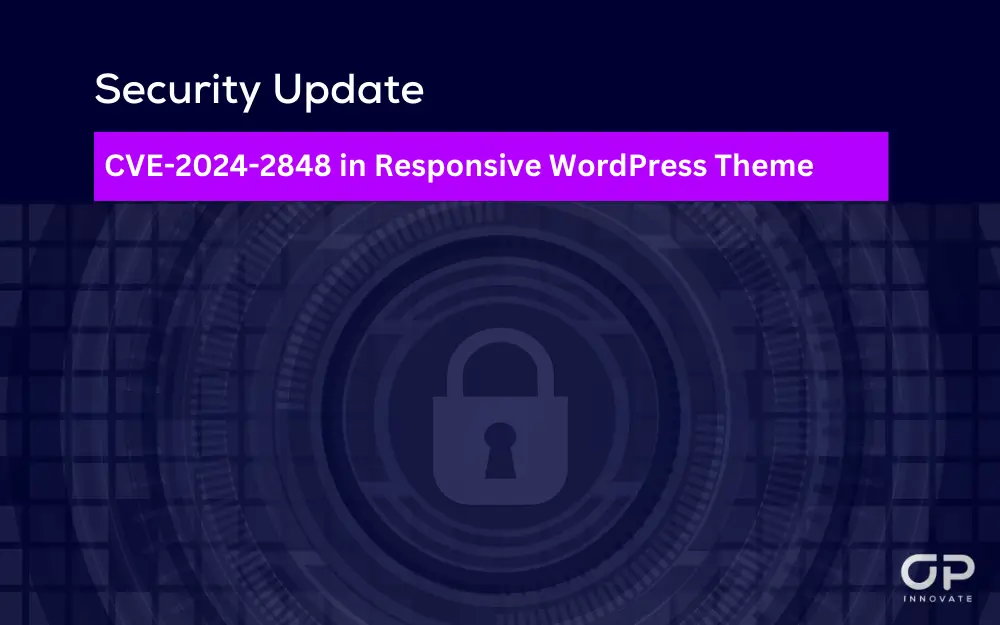A critical vulnerability identified as CVE-2024-2848 has been detected in the Responsive WordPress theme, a widely utilized template that powers diverse websites, including blogs, e-commerce platforms, and educational sites. Presently, it’s estimated that over 30,000 active installations of this theme are vulnerable.
Vulnerability Details:
The issue has been assigned a CVSS score of 7.5, indicating a high level of severity. The vulnerability stems from a missing authorization check within the save_footer_text_callback function, which is part of the theme’s core features. This flaw affects all theme versions up to and including 5.0.2.
Exploitation and Impact:
Exploiters of this vulnerability can inject arbitrary HTML content directly into the footer of a website without authentication. This can lead to several potential security threats; primarily, attackers have been modifying the footer to include malicious links or scripts. Such alterations can redirect visitors to external, malicious websites, thereby compromising the security of the site and endangering its visitors by potentially exposing them to malware or phishing attacks.
Current Exploitation:
Active exploitation of this vulnerability has been reported. Attackers are taking advantage of the vulnerability by inserting malicious content into the footers of unsuspecting websites, leveraging the lack of proper authorization checks to perpetuate fraud and spread malware.
Recommended Actions:
Website administrators are urged to take immediate action. The primary recommendation is to update the Responsive theme to the latest version, which patches this vulnerability and closes the security gap. Additionally, administrators should review their website’s footer for any unauthorized content that may have been injected and remove any malicious links or scripts promptly.
Further Protective Measures:
Beyond updating the theme, it is advisable for administrators to enhance overall site security by:
- Regularly updating all WordPress themes and plugins to their latest versions to protect against known vulnerabilities.
- Installing reputable security plugins that can guard against common web attacks such as SQL injection, cross-site scripting (XSS), and unauthorized content injection.
- Conducting regular security audits and vulnerability scans to ensure that no security gaps remain open.
It is also recommended that administrators stay vigilant and monitor for any unusual activity on their websites, particularly any unauthorized changes to site content or layout. Prompt attention to security advisories and maintaining updated systems are crucial in protecting against CVE-2024-2848 and similar vulnerabilities.



